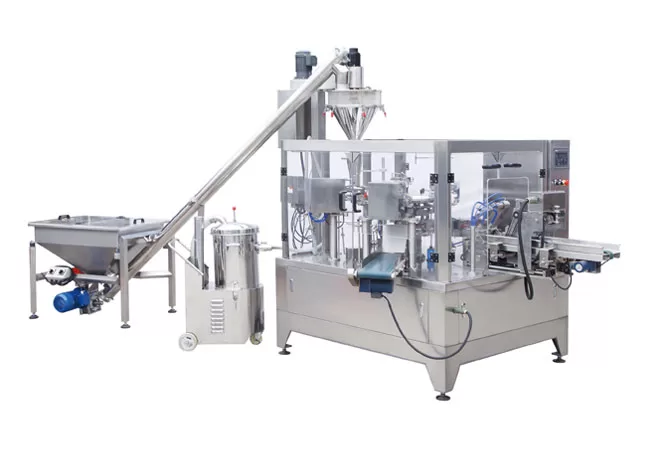Environmental Considerations in Rice Pouch Packing Processes
Rice is a staple food for billions of people worldwide, and its production and packaging processes have significant environmental impacts. Rice pouch packing is a crucial step in the rice supply chain, and environmentally conscious practices must be implemented to minimize its environmental footprint. This article explores the multifaceted environmental considerations involved in rice pouch packing processes.
Energy Efficiency
Energy consumption during rice pouch packing can be substantial, primarily due to machinery and lighting. Implementing energy-efficient measures can significantly reduce energy usage and associated greenhouse gas emissions. This includes optimizing equipment design, using energy-saving lighting systems, and employing renewable energy sources such as solar panels.
Material Selection
The materials used for rice pouches play a critical role in environmental sustainability. Traditional plastic pouches contribute to plastic waste and pollution. Biodegradable or compostable materials, such as cellulose or plant-based polymers, offer environmentally friendly alternatives. Additionally, using recycled or repurposed materials can further reduce environmental impact.
Waste Management
Waste generated during rice pouch packing, particularly from plastic pouches, can be a major environmental issue. Implementing effective waste management practices is essential. This includes recycling or composting biodegradable materials, reducing packaging waste through optimized packaging designs, and partnering with waste management companies to ensure proper disposal of non-recyclable materials.
Water Conservation
Water consumption in rice pouch packing processes can be significant, especially for cleaning and sanitizing equipment. Employing water-saving technologies, such as low-flow fixtures and water recycling systems, can reduce water use and minimize water pollution from wastewater discharge.
Pollution Prevention
Rice pouch packing processes can generate air and water pollution from emissions and wastewater. Implementing air pollution control measures, such as dust collectors and emission scrubbers, is crucial to minimize harmful emissions. Proper wastewater treatment systems can prevent water pollution by removing contaminants before discharge.
Sustainable Packaging
Sustainable packaging practices can significantly reduce the environmental impact of rice pouches. Using lightweight, recyclable, and reusable packaging materials reduces resource consumption and waste generation. Additionally, minimizing packaging size and avoiding excessive packaging helps conserve resources and reduce environmental damage.
Environmental considerations in rice pouch packing processes are essential for ensuring the sustainability of the rice supply chain. By implementing energy-efficient practices, selecting environmentally friendly materials, managing waste effectively, conserving water, preventing pollution, and adopting sustainable packaging, rice producers and packers can minimize their environmental footprint and protect the planet for future generations.
-
Finding the Right Auger Filling Solution: Semi-Auto vs. Automatic Machines
04-05-2025 -
Precision Meets Efficiency: How Auger Filling Machines Revolutionize Powder Packaging
04-05-2025 -
The Future of Packaging: How Automatic Machines Are Revolutionizing the Industry
04-05-2025 -
Overview of Packaging Machine Buying Guides
08-01-2024 -
How Does a Vertical Form Fill Seal Machine Work?
30-10-2023 -
Advancements in Auger Powder Filling Technology
27-10-2023 -
A Deep Dive into Automatic Packaging Machines
26-10-2023 -
The Revolutionary Fully Automatic Potato Chips Packaging Machine
20-09-2023 -
How to choose the right packaging machine?
23-08-2023 -
Reducing Waste And Maximizing Yield With Multihead Weigher Machines
15-03-2023














